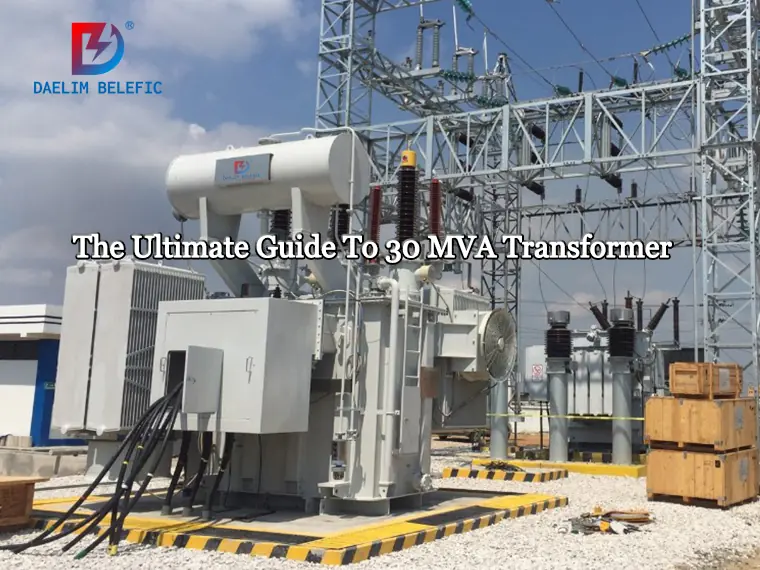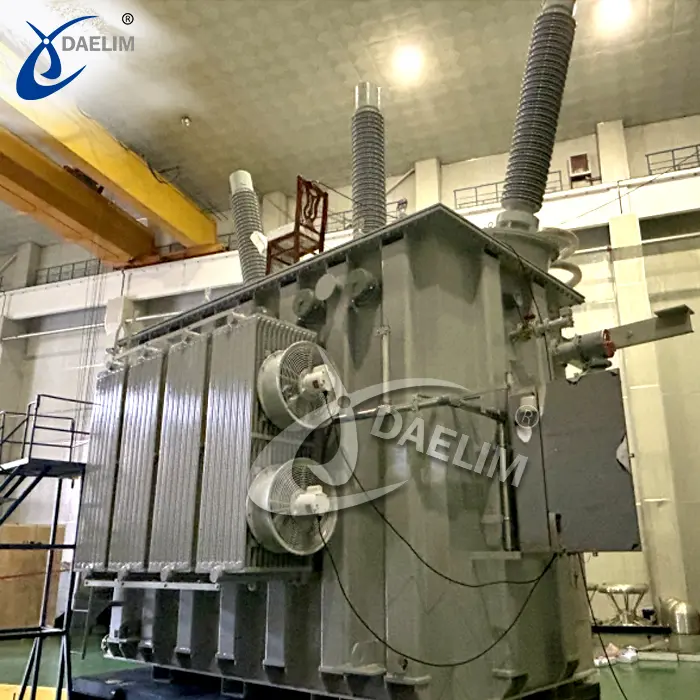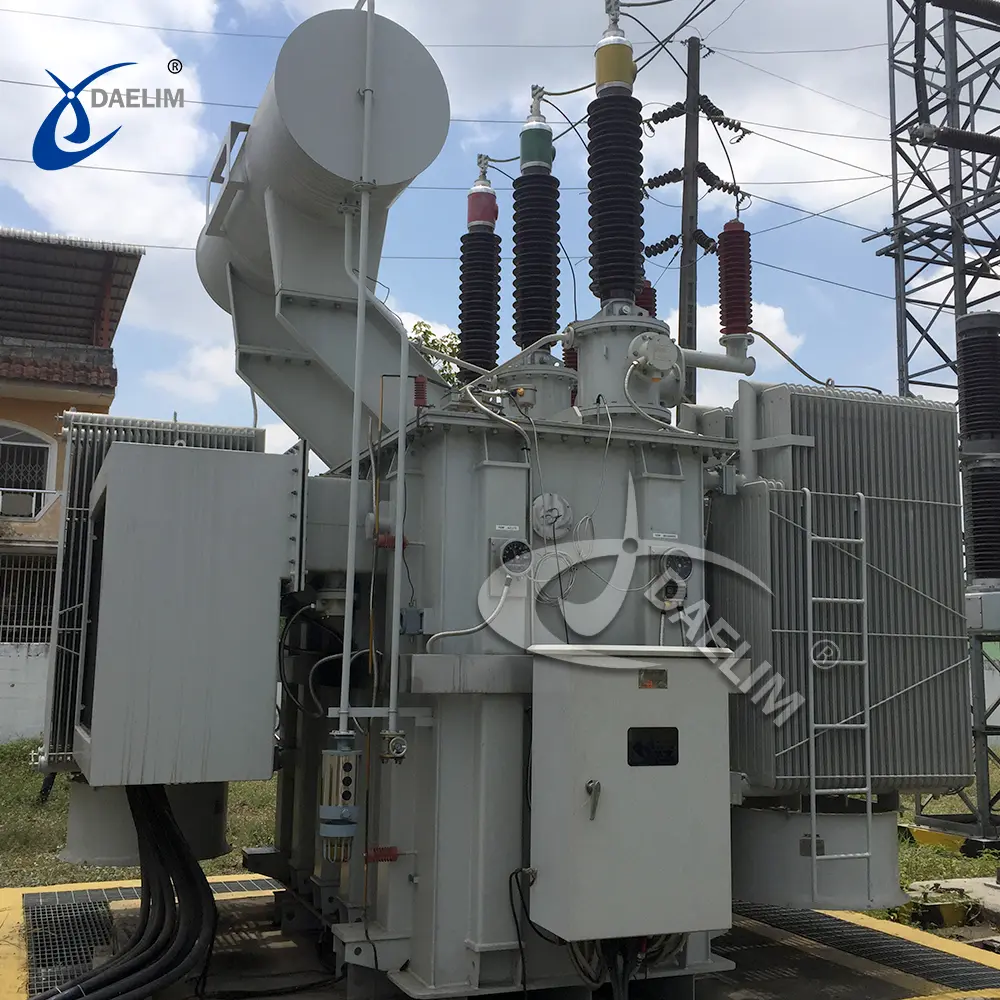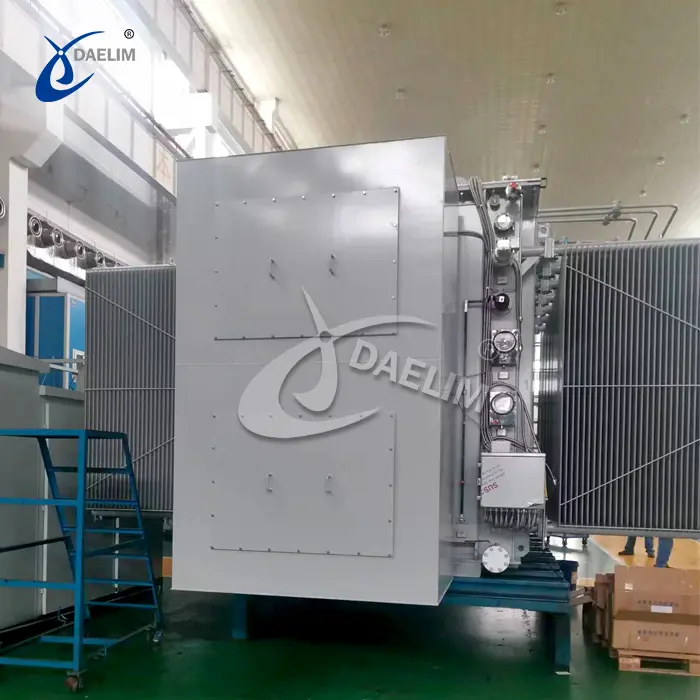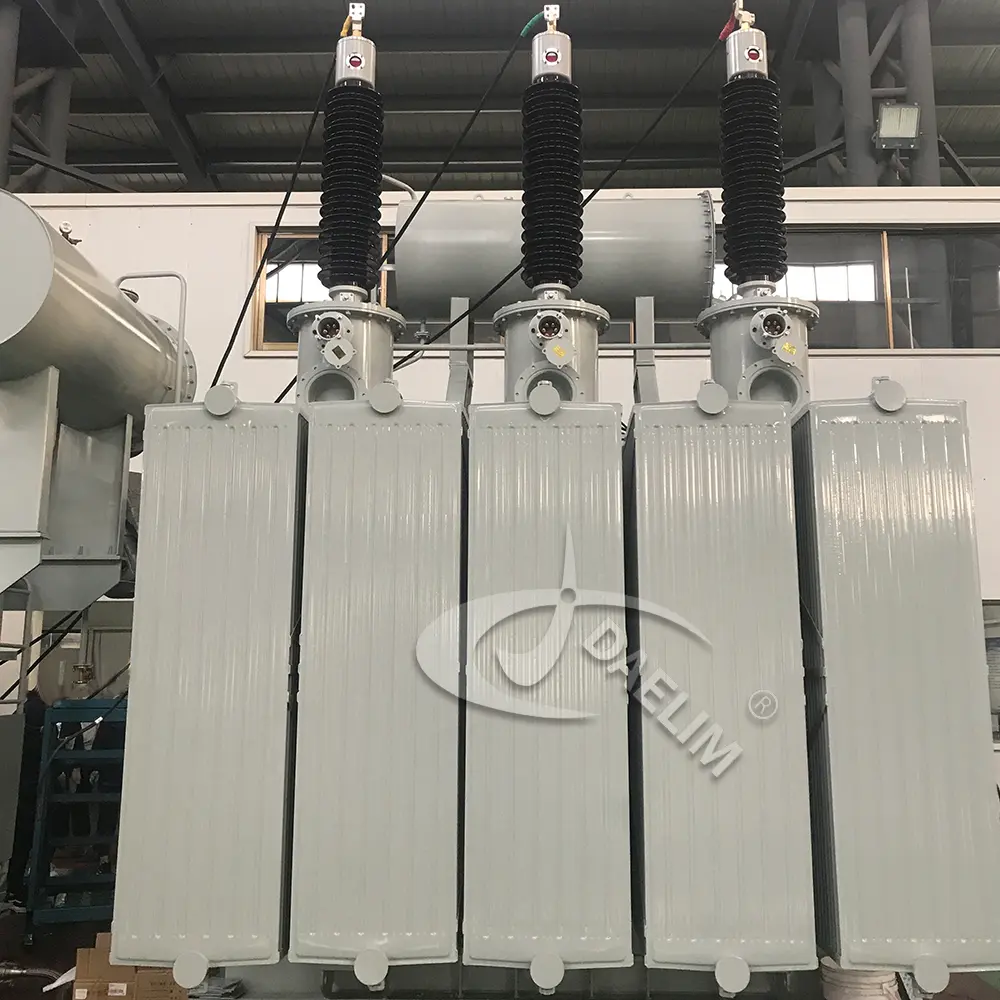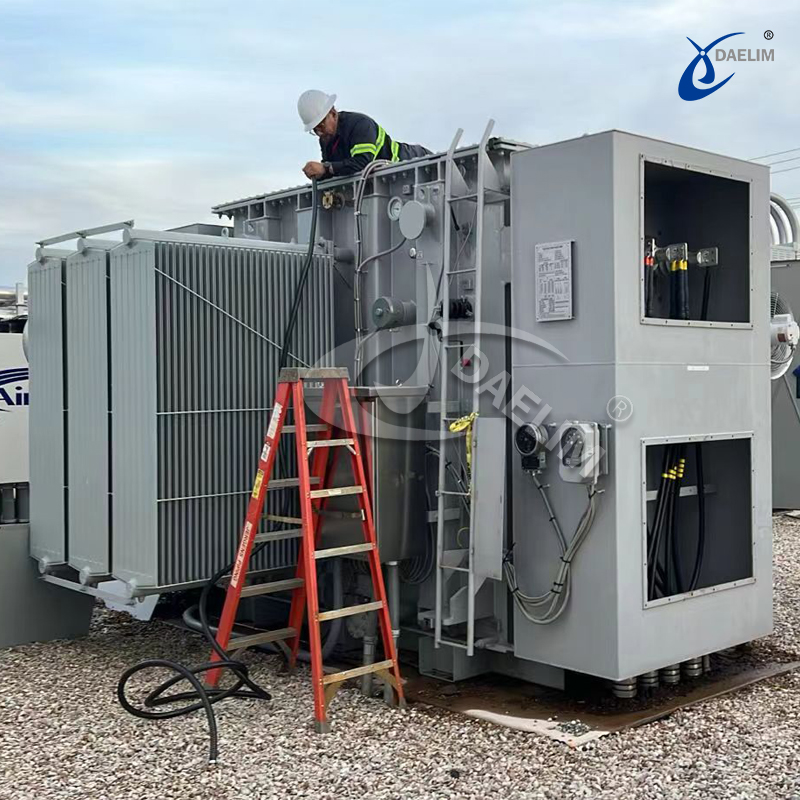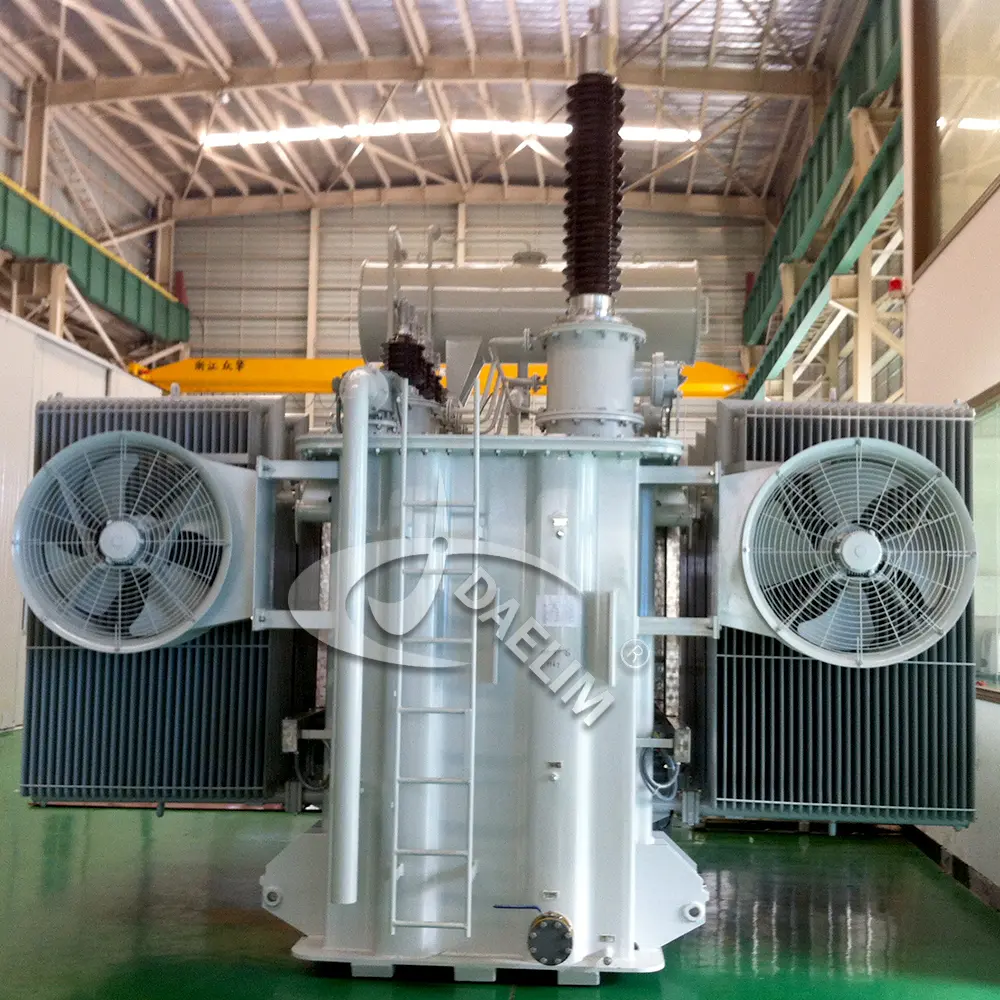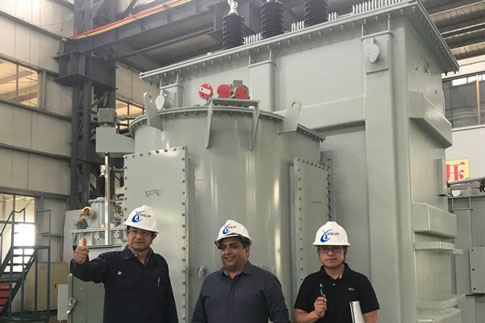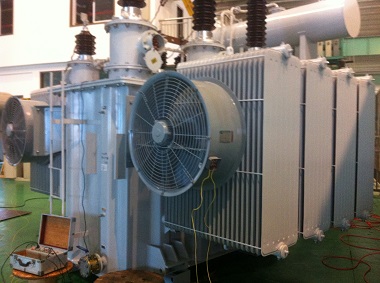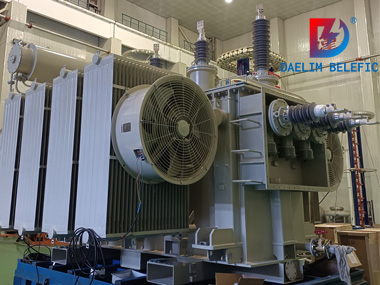The Ultimate Guide To 30 MVA Transformer
There are typical uses of various types of 30 MVA transformer and their nature. Here are a few of the most typical uses. If you want to know how to use 30 MVA applications, keep reading this article.
The transformer of 30MVA capacity is usually a high-voltage grid level. As a professional transformer supplier, Daelim can provide transformer voltage levels with 35 kV, 38 kV, 66 kV, 69 kV, 110 kV, 115 kV, 132 kV, 138 kV, 220 kV, 230 kV, etc.
What Is A 30MVA Transformer?
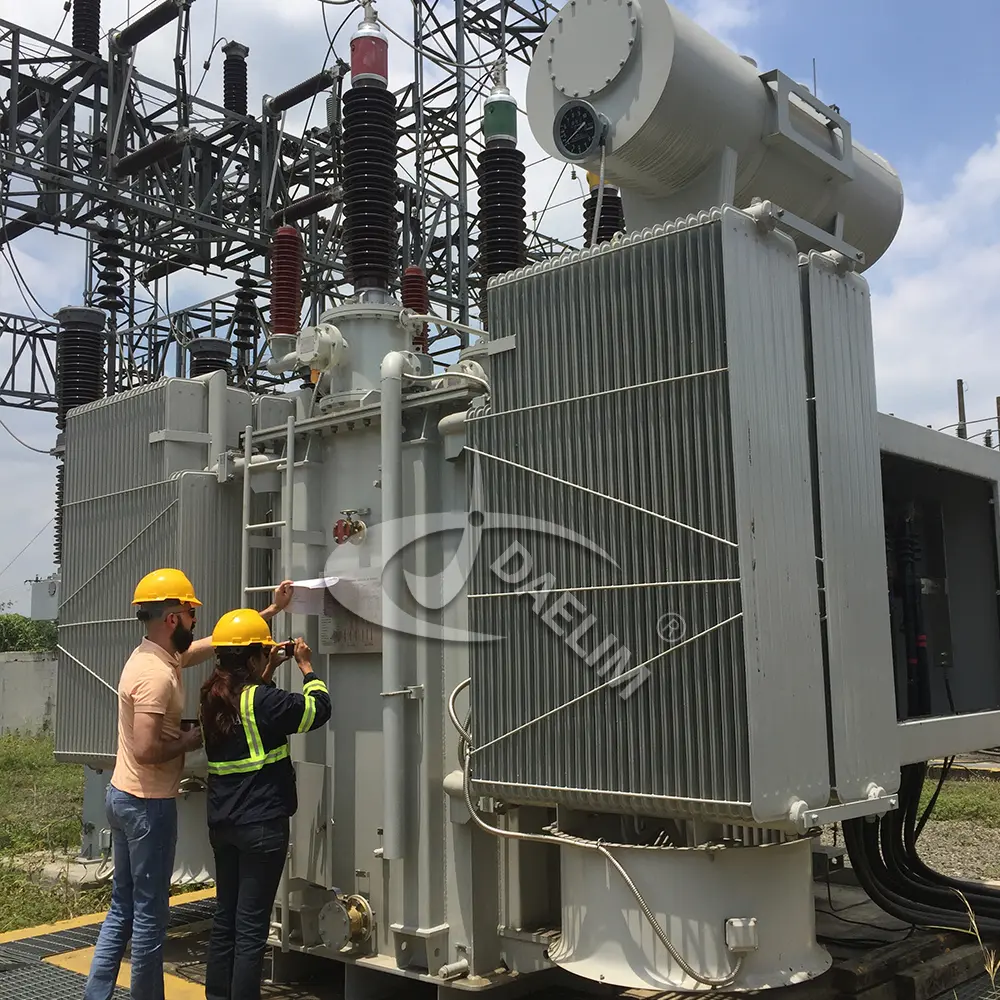 The 30 MVA transformer is reported with a rated capacity of 30000kVA. In addition, this transformer has a main voltage measuring 132 kV and a secondary voltage of 11 kV. Moreover, the windings are composed of a conductor and an insulation material. While the conductor is made of high-quality materials like electrolytic copper.
The 30 MVA transformer is reported with a rated capacity of 30000kVA. In addition, this transformer has a main voltage measuring 132 kV and a secondary voltage of 11 kV. Moreover, the windings are composed of a conductor and an insulation material. While the conductor is made of high-quality materials like electrolytic copper.
The 30MVA transformer is an oil-immersed transformer with a high thermal capacity that may be obtained by using epoxy-coated kraft paper as an insulator and a higher short-term overloading ability than any other kraft paper. Moreover, the 30 MVA power transformer was made to use cutting-edge technology with materials and components of high quality, which leads to a reliable product and duration.
As a transformer step–down, it lowers the voltage of power that flows through the local distribution level. The long-distance stream is halved at each consumer node, bringing it down to a level more appropriate for local distribution like residential homes and offices. Many suppliers and businesses are supplemental to existing distributors that provide step-down transformers and offer a massive selection of step-down transformers for purchase.
A step-up transformer, such as a 35 MVA transformer, transforms the primary voltage into a much higher secondary value to amplify a low input voltage. The voltage input is lowered further by the step-down transformer. Then a secondary voltage is lower than the primary voltage.
Learn more: Step Up Transformer VS Step Down Transformer
30 MVA Transformer Specifications
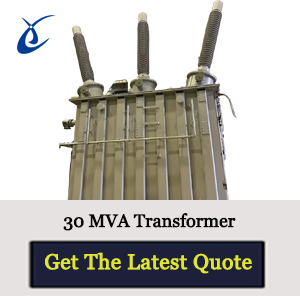 The three-phase, 30 MVA transformer specification includes an oil-natural-air-natural cooling system and is frequency-capable of operating at 50 hertz. It also has an impedance of 7 and a vector of Dyn 11. In terms of OLTC, it's a game-changer. It also features a typical setup. An increase in oil or wind temperature of 60–65 °K. The 30 MVA transformer weight for shipping is 34320 kg.
The three-phase, 30 MVA transformer specification includes an oil-natural-air-natural cooling system and is frequency-capable of operating at 50 hertz. It also has an impedance of 7 and a vector of Dyn 11. In terms of OLTC, it's a game-changer. It also features a typical setup. An increase in oil or wind temperature of 60–65 °K. The 30 MVA transformer weight for shipping is 34320 kg.
Oil-immersed and conservation-style tanks are ideal for their use. Moreover, the 30 MVA transformer oil capacity is around 15,000-30,000 kVA nominal power.
What Do We Mean By MVA?
Before you can comprehend how 20 MVA transformers are, you must first understand what MVA power entails.
The perceived power of a circuit is measured in MVA or megavolt-amperes. It is the result of a circuit's voltage and current. Simply put, it is the maximum amount of electricity a transformer can manage.
This indicates that power is proportional to a raceway current and voltage. VA, or volt-amperes, refers to the product of voltage and current, which represents power.
However, voltage and current are typically out of phase in most electrical systems. This indicates a discrepancy in the peak timing of the two waveforms. The resulting force is referred to as perceived power. This is also often known as MVA.
Electric companies measure transformers, substations, and other similar electrical devices in megavolt amperes (MVA). They can calculate the required equipment size and capacity with MVA.
Transformer MVA is determined using KVA (kilovolt-amperes) and MVA (megavolt-amperes) (megavolt-amperes). Typically, KVA is utilized in single-phase circuits, and MVA is used in three-phase circuits.
One megavolt ampere (MVA) is equivalent to one thousand kilovolt amperes (KVA). Therefore, experts should evaluate the substation's capabilities before deciding on the transformer's dimensions. Because of the varying electrical demands of different buildings and facilities, MVA power compatible with their needs is essential for a safe installation.
A transformer's maximum power is equal to its MVA rating, which is calculated by adding the main voltage and current. The rating of a transformer is given in megavolt amperes (MVA) after being divided by 1,000,000. Primary voltage is typically written as V(primary) divided by 1,000,000, while primary current is typically written as (primary) in amps.
Try for free: The Ultimate FAQs Guide To Oil Type Transformer
What Are MVA Power Transformers?
If you are considering purchasing a full-form transformer, you may be familiar with the MVA designation. Megavolt amperes, or MVA for short, is a scientific term. This unit is used to quantify the appearance power. This demonstrates that the current and voltage of a given circuit are connected to the power.
When describing the total quantity of electric energy in a system, it is important to consider both "true power" and "reactive power." In addition, electrical companies frequently use the average rating when installing substations, transformers, and other electrical equipment. MVA numbers are generated mostly from kVA or kilovolt amperes.
There are numerous reasons why we utilize MVA power transformers, but one of the most important is to prevent power loss during transmission. In addition, the voltage is raised to start the transmission system using the current transformer and stepped down at the end of the circuit line using another power transformer. Consequently, this configuration dramatically reduces the size of the current across a distance of one hundred kilometers or more.
Mva power transformers are based on their construction, including design, types, accessories, sizes, and application. The power transformers consist of the following components:
- Core
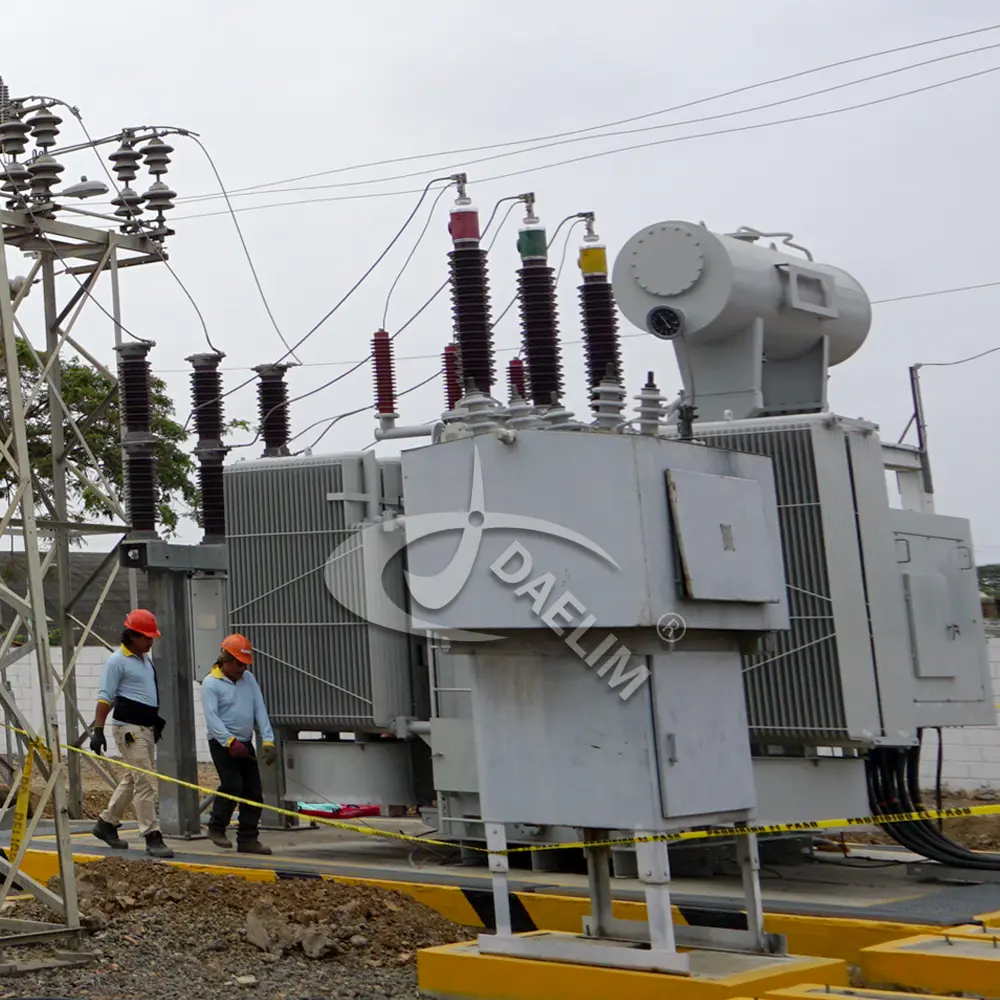
- Conservator
- Breather
- Thermometer
- Steel Tank
- Coil Winding
- Vent Pipe
- Bucholz Relay
- Tap Changing Switch
- Valves
Among the major uses of MVA distribution transformers are electric power production and distribution, as well as the reduction of power losses during the transmission of electricity. In addition, MVA power transmission must operate at full capacity 24 hours a day, seven days a week, and is mostly utilized for large electrical steps up and down.
Read more: The Ultimate FAQs Guide To 10mva Transformer
What Are The Applications Of 30 Mva Power Transformers?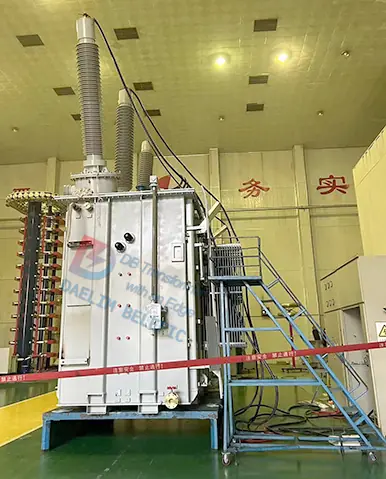
The 30 MVA power transformers are categorized into the following applications:
Substation
The transformer in the substation can handle the voltage and lower voltage at various levels. Convert high voltage to low voltage, or step up the voltage. It is used to meet the needs of electrical transmission and distribution.
You may enjoy: The Ultimate FAQs Guide To Types of Substation
Magnetic
These transformers are utilized in applications involving the transfer of high-voltage power (more than 33 kV). They are often larger and can take up more area.
Transmission
These transformers are used to transmit the generated power to distant places. Its voltage level is usually above 33kV, the purpose is to reduce the loss in electrical energy transmission.
Instrumentation
This particular transformer application makes it easier to monitor things like voltage, current, and power. Transformers are classed according to their location of use as
Industrial Area
Generally, some steelmaking plants and chemical plants need a large amount of electric energy for production and processing. Daelim has a Mexican steelmaking factory customer who purchased a 20MVA and a 30MVA transformer in 2019.
How To Transport 30MVA Transformers?
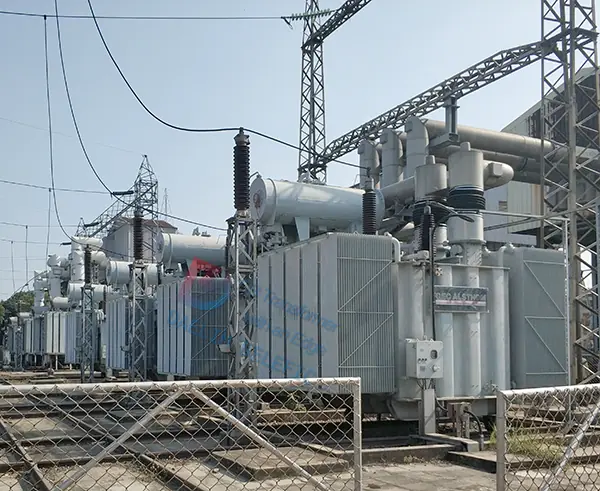
A transformer can be positioned in various ways. A crane or other lifting gear is typically used to place the transformer onto a flatbed truck. A transformer dolly is another option. Specialized wheeled platforms called "transformer dollies" move transformers around.
Lastly, you can use a trailer, which brings us to our fourth and last option. Large transformers are often transported on trailers. Using a railcar is the fourth strategy. Heavy, bulky transformers are often transported via railcar. It is necessary to transfer the oil for a transformer separately from the actual transformer. A tanker truck is utilized for oil transport. Transformers of the dry kind can be shipped without having to disassemble the windings. Transformers, meanwhile, should have protective enclosures installed before being sent. Transformers for furnaces are often shipped fully constructed.
Transporting transformers can be done by truck, train, plane, or ship. The majority of transformers are moved via road transport. Bigger transformers usually get shipped by rail. Smaller transformers are often sent via air, particularly with strict delivery deadlines. Finally, water sends huge transformers or cargo to outlying areas.
Try for free: Different Transformer Types and Their Applications
What Factors Should Be Considered When Purchasing 30 MVA Transformers?
Several variables should be considered while purchasing a 30 MVA transformer:
Voltage
This should be the first aspect.
The transformer's voltage is the voltage differential between the secondary and primary windings. 132 kV and 11 kV are the most typical voltages for 20 MVA transformers.
Daelim Belefic also has some other voltage levels, such as 66kV, 69kV, 110kV, 138kV, 151kv, etc.
Dimensions
The third aspect to examine is the dimensions of the 30 MVA transformer. Transformer dimensions vary based on the transformer type, cooling system, and accessories. For instance, an oil-filled transformer normally measures 8'6" L x 5' W x 6' H. Typical dry-type transformer dimensions are 6' L x 4' W x 3.5' H.
Your 30 MVA transformer's size will also change because of the extras you order with it. Typically, standard attachments add 1% to 2% to the overall length of a transformer, whereas optional accessories might add up to 5%.
Therefore, you need to design the transformer size according to the space of the installation site. Otherwise, the size of the transformer may be too large and cannot be placed in the pre-arrangement area.
You may enjoy: 3 Phase Pad Mounted Transformer
Cooling Method
The fourth consideration is the cooling system. A transformer's cooling system eliminates the heat produced by the transformer. Air-cooled and water-cooled cooling systems are the most prevalent types.
Typically, air-cooled transformers are used in applications where the temperature is not excessively high, and the environment is not excessively dusty.
In contrast, water-cooled transformers are generally utilized in applications where the temperature is extremely high, or the surrounding environment is extremely dusty.
Therefore, according to the actual environmental temperature, climate conditions, and overload rates, the transformer cooling method is needed to correctly select the transformer cooling method.
Keep reading: The ultimate guide to ONAN transformers
Load Losses
The resistive and reactive parts in a transformer's windings cause load losses. The winding has a larger proportion of resistive losses than the secondary winding due to its greater resistance. The secondary coil has a greater frequency response than the primary winding and hence, a greater proportion of reactive losses.
Load losses are also affected by the reactance of the windings. The balance of reactive losses increases with increasing reactance. The total load losses are comprised of both resistive and reactive losses.
Reading more: Losses in Transformer
Efficiency Value
The ratio between the output and input powers represents the transformer's efficiency. The output is the quantity of energy supplied to the load. The input current is what's required for the transformer to function.
In general, the effectiveness of 30 MVA transformers ranges from 95% to 99%. Less energy is needed to run the transformer, and the greater its efficiency.
Get it now: Transformer Efficiency
What Are The Advantages Of The 30MVA Transformer?
Inexpensive
For a large-capacity transformer like 30MVA, compared with the single-phase transformer group of the same capacity, the cost of three-phase transformers is lower. It is lower than the three sets of separate transformers.
Lightweight
Due to their compact size and reduced weight, 30mva three-phase transformers can be installed in smaller spaces than the 30 MVA single-phase transformer group. It is simple to assemble and use. We can target a particular source using three-phase transformers, but not the other way around.
Greater Effectiveness
Compared to a single transformer, a three-phase transformer is more powerful and efficient at performing its duties.
Simpler To Install
The 3-phase transformer is pre-wired and ready for installation, making installation straightforward.
Transport Facilitation
Compared to three single-phase transformers, the core of a three-phase transformer requires far less material to produce the same output. Therefore, not only are they transportable, but they also have lower shipping expenses.
In Conclusion
The 30mva transformer is essential for your residential and industrial demands. The 30 MVA transformer price might be a little off your budget. Still, it should not compromise your quality, for it improves the safety and efficiency of electricity systems by adjusting voltage levels as necessary. They are utilized in a vast array of domestic and industrial applications, most notably in the transmission and control of power across great distances.
When buying a 30MVA transformer, you need to examine the supplier's experience, design ability, quality control, after-sales, and other factors.
Related Products
Related Article
20mVA Furnace Transformer, Mexico
Installation in 2018, is used to supply power to an electric furnace, which lowers the high voltage to the furnace-required lower voltage. It was designed according to client's request.
How Much You Know To Purchase The 12.5 mva Transformer
Whether you are a farmer, a hotel owner, a principal, a data center owner, or even an individual. You will both need transformers.If your technical engineer tells you that we need one or several 12.5MVA transformers, do you know what to do to buy the most suitable 12.5MVA transformer?
The Ultimate FAQs Guide To 100 MVA Transformer
A 100 MVA transformer is an electrical device that helps to regulate the flow of electricity between two circuits, usually via a step-down or step-up process. With a rating of 100 megavolt-amperes (MVA), 100 MVA transformers are some of the largest and most powerful industrial power systems available.

